la bibliothèque

Georges Braque, a French artist, is celebrated as a pivotal figure in the development of Cubism, alongside Pablo Picasso. Braque's artistic journey transitioned from Impressionism to Fauvism before he delved into the groundbreaking realm of Cubism, characterized by its innovative use of perspective and geometric forms. His partnership with Picasso during the early 20th century marked a significant phase in art history, as they collectively pioneered the Analytic and Synthetic phases of Cubism.
Georges Braque's oeuvre is renowned for its technical precision, introspective quality, and harmonious color palettes. His contributions extended beyond painting to include sculpture and collage, demonstrating his versatile mastery over various mediums. Notable works like "Violin and Candlestick" and "Man with a Guitar" underscore his talent in transforming everyday objects into abstracted, multifaceted compositions.
Throughout his career, Georges Braque remained deeply committed to exploring the boundaries of visual perception and form. After World War I, his style evolved, incorporating brighter colors and new themes, yet he maintained a steadfast adherence to Cubist principles. His later years saw a focus on personal motifs, such as birds, which symbolized freedom and dynamism in his art.
Georges Braque's legacy is preserved in prestigious collections worldwide, including the Museum of Modern Art (MoMA), which houses a significant number of his works. His artistic innovations continue to inspire and influence the realms of art and culture.
For collectors and art enthusiasts, Georges Braque's work offers a profound insight into the evolution of modern art and the enduring allure of Cubism. His pieces are a testament to the enduring power of creativity and innovation in the face of changing artistic landscapes.
If you're keen on exploring Braque's contributions to art and wish to stay updated on exhibitions and sales featuring his work, consider subscribing for updates on Georges Braque's pieces and their presence in the art market today.


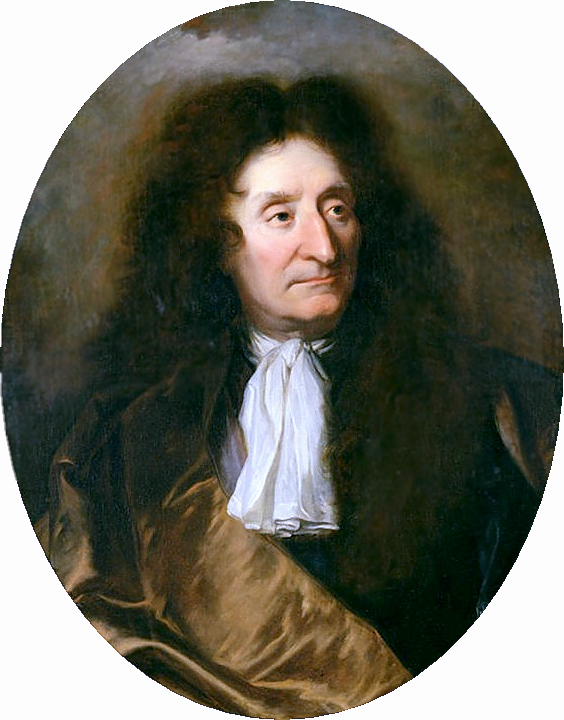


Émile-Jacques Ruhlmann, (sometimes called Jacques-Émile Ruhlmann), was a French furniture designer and interior decorator, who was one of the most important figures in the Art Deco movement. His furniture featured sleek designs, expensive and exotic materials and extremely fine craftsmanship, and became a symbol of the luxury and modernity of Art Deco. It also produced a reaction from other designers and architects, such as Le Corbusier, who called for simpler, functional furniture.




Nicolas Chuquet was a 15th century French mathematician.
The exact dates of birth and death of this scientist are not known, nor are the places of birth. Chuquet received a Bachelor of Medicine degree from the University of Paris, went to Italy in the early 1470s, and around 1480 moved to Lyon, where he worked as a physician, mathematics teacher, and scribe. He is also known to have translated Latin works into French.
In 1484 he wrote his major algebraic work, the treatise Le Triparty en la Science des Nombres (The Science of Numbers in Three Parts), now considered one of the most original mathematical texts of the 15th century. At the time, arithmeticians lacked even the most basic notations for addition subtraction, multiplication, and division. Chuquet was one of the first to propose these symbols; he also introduced the names of large numbers into common use: billion, trillion, etc. In addition to general arithmetic and rules for calculating roots, the treatise contains a doctrine of equations and a collection of problems.
This treatise was published only in 1880, but the works of Nicolas Chuquet had a significant influence on the development of algebra, and they were consistently supplemented and expanded by scientists of the following generations.


Tristan Tzara, originally named Sami (Samuel) Rosenstock, was a Romanian and French artist and writer best known as a founding figure of the Dada movement. Born in 1896 in Moinești, Romania, Tzara's influence extends across poetry, performance, and manifesto writing, marking him as a pivotal personality in 20th-century art and culture. His work challenged conventional norms and sought to disrupt the traditional boundaries of art, making him a central figure in the avant-garde community.
Dada, the movement with which Tzara is most closely associated, emerged as a reaction against the horrors of World War I, advocating for irrationality and anti-bourgeois protest. Tzara's contributions, including his manifestos, poetry, and performances, were instrumental in shaping Dada's legacy. His art and writings emphasized the importance of spontaneity and chaos, challenging the status quo and the very definition of art itself. Tzara's approach was not confined to a single medium; he explored poetry, playwriting, and critical theory, leaving a diverse and impactful body of work.
Though Tzara is not widely known for sculpture or painting in the traditional sense, his influence on these and other art forms is undeniable. His work and ideas laid the groundwork for later avant-garde movements, including Surrealism. While specific works of Tzara in museums or galleries were not detailed in the research, his legacy is preserved through the collections of major institutions worldwide, reflecting his enduring impact on the arts.
For collectors and experts in art and antiques, understanding Tzara's contributions provides insight into the radical shifts in culture and art in the early 20th century. His work remains a testament to the power of art to challenge, provoke, and transform. To stay informed about new product sales and auction events related to Tristan Tzara, sign up for our updates. This subscription ensures you're alerted to unique opportunities to engage with the history and legacy of a key figure in modern art.

Jacques Villon, birth name Gaston Duchamp, was a French painter and printmaker. In 1907 he changed his name to Jacques Villon. He was the brother of artists Marcel Duchamp and Raymond Duchamp-Villon.
Villon began his career as a painter and his early work was influenced by the Impressionists and Post-Impressionists. He later became interested in Cubism and, together with his brother Raymond, became a member of the Putot group, a collective of artists who experimented with Cubist techniques.
In addition to painting, Villon was also a skilled engraver. He worked in various engraving techniques, including etching, aquatint and dry glass, and his prints are known for their intricate lines and geometric shapes.
Villon's work continued to evolve throughout his career, experimenting with different styles and techniques. In his later years, he returned to a more traditional style of painting, creating landscapes and portraits with bright colors and expressive strokes.
Villon's works were exhibited in major museums and galleries around the world, including the Museum of Modern Art in New York and the Pompidou Centre in Paris. He is considered to be one of the most significant figures of the Cubist movement and his contribution to modern art is still celebrated today.



Voltaire, born François Marie Arouet, was a French philosopher-enlightener of the French Enlightenment, poet and writer, satirist, tragedian, historian and essayist.
Voltaire's long life fell on the last years of classicism and the eve of the revolutionary era, and in this transitional period his works and activities had a significant impact on the direction of European civilization. Through his critical freethinking and wit, Voltaire won the minds of many 18th century European rulers. To this day, he continues to enjoy worldwide fame as a courageous fighter against tyranny, bigotry, and cruelty.
Voltaire was an advocate of freedom of speech, freedom of religion and separation of church and state. He was a versatile and prolific writer in all literary forms, including plays, poems, novels, essays, histories, and scholarly expositions. In total, he wrote more than 20,000 letters and 2,000 books and pamphlets. Voltaire's most famous works are the tragic play Zaire, the historical study The Age of Louis XIV, and the satirical novella Candide.




Alberto Giacometti was a Swiss sculptor, painter, draftsman, and printmaker, renowned for his distinctive elongated sculptures of solitary figures. Born in Borgonovo, Switzerland, in 1901, into a family of artists, Giacometti's talent was evident from an early age, encouraged by his father, Giovanni, a post-Impressionist painter, and his godfather, Cuno Amiet, a Fauvist painter. Moving to Paris in 1922 to study under the sculptor Antoine Bourdelle, Giacometti became a pivotal figure in Surrealism before focusing intensely on the human form, leading to his signature style of thin, elongated figures that evoke feelings of solitude and existential dread.
Giacometti's work spans several decades and various phases, including his early involvement with Surrealism and his later, more recognized existential and figurative sculptures. Notably, his sculptures, such as "Walking Man I" and "The Palace at 4 a.m.," reflect his unique view of reality and his relentless pursuit to capture the human essence. His approach was influenced by his associations with prominent figures of the art world, including Miró and Picasso, and intellectuals like Jean-Paul Sartre.
Despite facing challenges, including periods of self-doubt and the physical toll on his health, Giacometti's legacy as a master sculptor and artist remains influential. His works are celebrated worldwide and featured in major museums, such as the Museum of Modern Art in New York and the Tate Gallery in London, testament to his enduring impact on the art world.
Collectors and experts in art and antiques continue to revere Giacometti's work for its emotional depth and unique aesthetic. For those interested in the pioneering spirit of modern sculpture, Alberto Giacometti's oeuvre offers a profound exploration of the human condition and the artist's relentless pursuit of reality through art.
To stay updated on sales and auction events related to Alberto Giacometti's work, sign up for updates. This subscription is an excellent opportunity for collectors and enthusiasts to remain informed about new discoveries and opportunities related to Giacometti's enduring legacy.

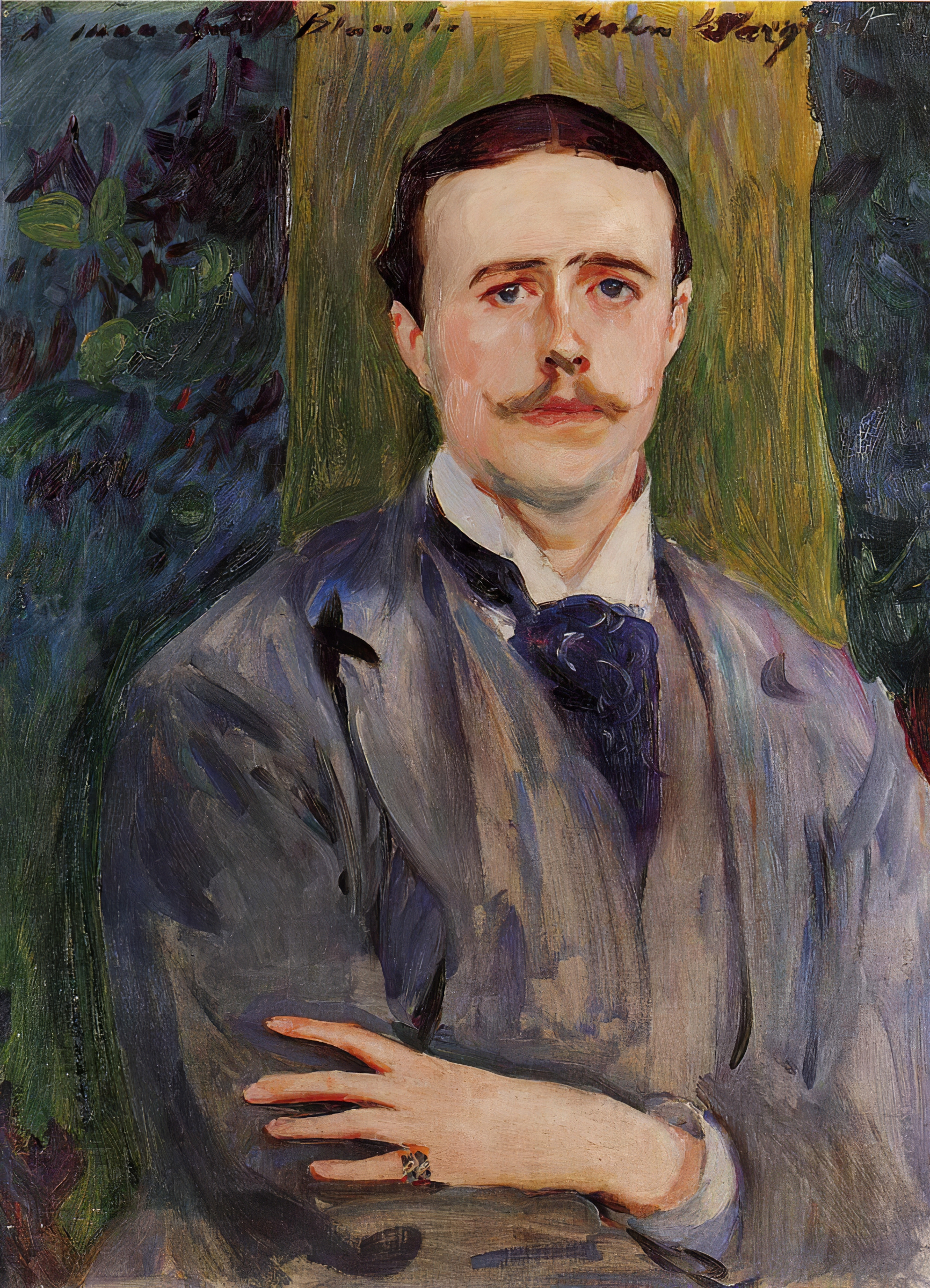
Jacques-Émile Blanche was a French artist, largely self-taught, who became a successful portrait painter, working in London and Paris.

















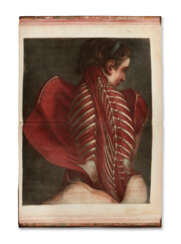





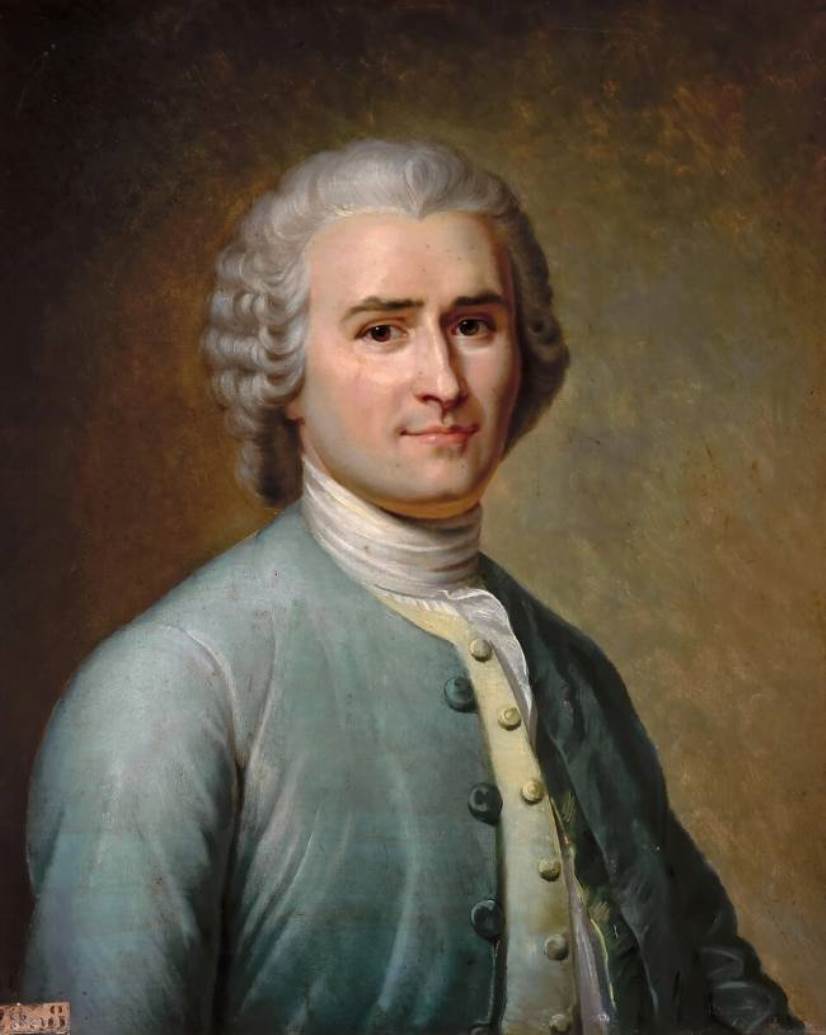


![LA PÉROUSE, Jean-François de Galaup, comte de (1741-1788). Voyage de La Pérouse autour du monde, publié conformément au décret du 22 avril 1791. Paris : imprimerie de la République, an V [1797].Édition originale du célèbre voyage de La Pérouse, à bord de](/assets/image/picture_1431273/64893/d78c32cd8befba20bc150009de2a538d1620043200jpg__fix_374_244.jpeg)
![LA PÉROUSE, Jean-François de Galaup, comte de (1741-1788). Voyage de La Pérouse autour du monde, publié conformément au décret du 22 avril 1791. Paris : imprimerie de la République, an V [1797].Édition originale du célèbre voyage de La Pérouse, à bord de](https://veryimportantlot.com/assets/image/picture_1431273/64893/d78c32cd8befba20bc150009de2a538d1620043200jpg__fix_374_244.jpeg)




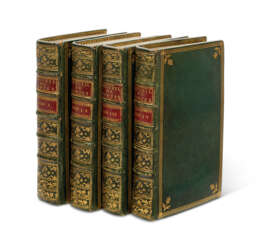
















![[DU PETIT-VAL, Raphaël (mort en 1613)] Recueil de diverses poésies, tant du feu sieur de Sponde, que des sieurs du Perron, de Bertaud, de Porcheres, & autres non encor imprimees. [avec] Second [-Troisième, Quatrième] recueil de div](/assets/image/picture_1320892/8eecc/2838af1861ad669223d69f882a3eb8901616454000jpg__fix_374_244.jpeg)
![[DU PETIT-VAL, Raphaël (mort en 1613)] Recueil de diverses poésies, tant du feu sieur de Sponde, que des sieurs du Perron, de Bertaud, de Porcheres, & autres non encor imprimees. [avec] Second [-Troisième, Quatrième] recueil de div](https://veryimportantlot.com/assets/image/picture_1320892/8eecc/2838af1861ad669223d69f882a3eb8901616454000jpg__fix_374_244.jpeg)





![[CHRONIQUES DE SAINT-DENIS]](/assets/image/picture_2931987/6c957/619ef91f24f3a9a6e31a1fb9c16b62ad1687420800jpg__fix_374_244.jpeg)
![[CHRONIQUES DE SAINT-DENIS]](https://veryimportantlot.com/assets/image/picture_2931987/6c957/619ef91f24f3a9a6e31a1fb9c16b62ad1687420800jpg__fix_374_244.jpeg)


![[PASQUIER, Étienne (1529-1615)]. La Main ou OEuvres poétiques faits sur la Main de Estienne Pasquier, Advocat au Parlement de Paris. Paris : Michel Gadouleau, 1584.](/assets/image/picture_1321011/12f17/4e5a4ee6f2802a1e1adddce24f5bd5ca1616454000jpg__fix_374_244.jpeg)
![[PASQUIER, Étienne (1529-1615)]. La Main ou OEuvres poétiques faits sur la Main de Estienne Pasquier, Advocat au Parlement de Paris. Paris : Michel Gadouleau, 1584.](https://veryimportantlot.com/assets/image/picture_1321011/12f17/4e5a4ee6f2802a1e1adddce24f5bd5ca1616454000jpg__fix_374_244.jpeg)
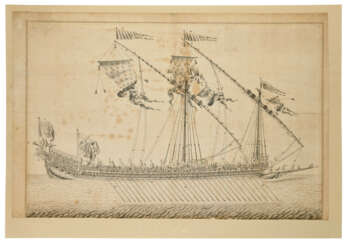

![RONSARD, Pierre de (1524-1585). Le sixiesme livre des poèmes de Pierre de Ronsard gentil-homme Vandosmois, dedié à Monsieur de Belot Conseiller & Maistre des Requestes de l’hostel du Roy. [relié avec] Le Septiesme livre des poemes](/assets/image/picture_1320869/18983/7bba7ba38dc3b949798c74a1c44964a51616454000jpg__fix_374_244.jpeg)
![RONSARD, Pierre de (1524-1585). Le sixiesme livre des poèmes de Pierre de Ronsard gentil-homme Vandosmois, dedié à Monsieur de Belot Conseiller & Maistre des Requestes de l’hostel du Roy. [relié avec] Le Septiesme livre des poemes](https://veryimportantlot.com/assets/image/picture_1320869/18983/7bba7ba38dc3b949798c74a1c44964a51616454000jpg__fix_374_244.jpeg)
![DES MASURES, Louis (1515 - 1574). Œuvres poétiques. [suivi de] Le Jeu des Eschecz [suivi de] Vingt pseaumes de David [suivi de] Ludovici masurii nervii carmina. Lyon : Jean de Tournes et Guillaume Gazeau. 1557.](/assets/image/picture_1320932/db4a5/775f9434b16f9e6b5d511f55402899aa1616454000jpg__fix_374_244.jpeg)
![DES MASURES, Louis (1515 - 1574). Œuvres poétiques. [suivi de] Le Jeu des Eschecz [suivi de] Vingt pseaumes de David [suivi de] Ludovici masurii nervii carmina. Lyon : Jean de Tournes et Guillaume Gazeau. 1557.](https://veryimportantlot.com/assets/image/picture_1320932/db4a5/775f9434b16f9e6b5d511f55402899aa1616454000jpg__fix_374_244.jpeg)
![ÉNOC DE LA MESCHINIÈRE, Pierre (1550- vers 1597). Opuscules Poétiques de Pierre Énoc. D. G. A Monsieur Dorsaine, Siegneur de Tizay, Lieutenant General pour le Roy a Yssoudun. [Genève :], Jacob Stoer, 1572.](/assets/image/picture_1320941/87c40/fe57837c9d5d4ee3f50dac7eb2955ee01616454000jpg__fix_374_244.jpeg)
![ÉNOC DE LA MESCHINIÈRE, Pierre (1550- vers 1597). Opuscules Poétiques de Pierre Énoc. D. G. A Monsieur Dorsaine, Siegneur de Tizay, Lieutenant General pour le Roy a Yssoudun. [Genève :], Jacob Stoer, 1572.](https://veryimportantlot.com/assets/image/picture_1320941/87c40/fe57837c9d5d4ee3f50dac7eb2955ee01616454000jpg__fix_374_244.jpeg)




